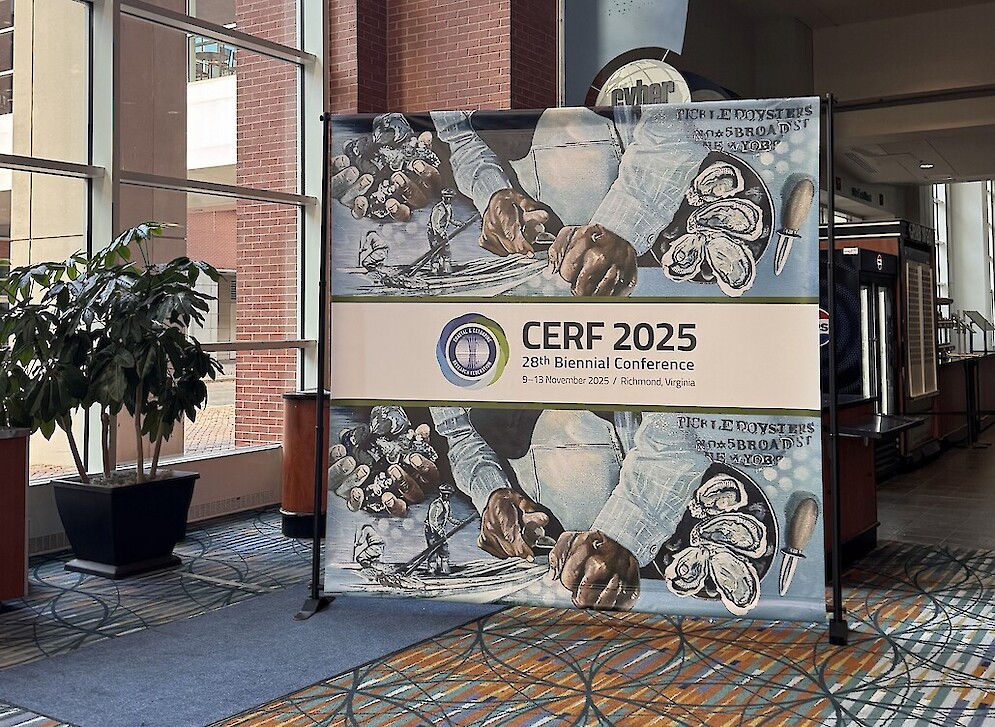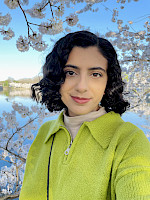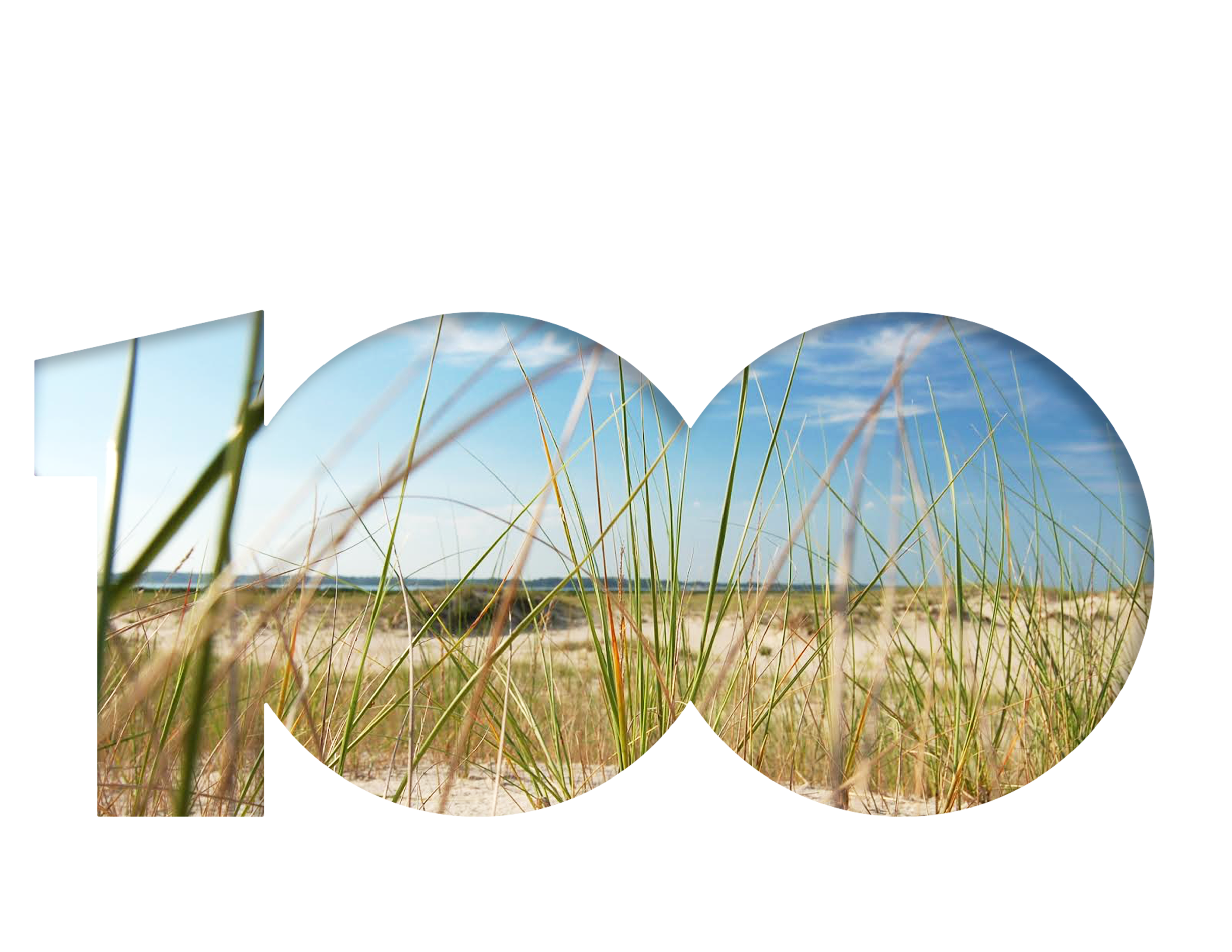Co-production: The future of coastal and estuarine science
Lili Badri ·This year, the 28th Biennial CERF Conference was held in Richmond, Virginia from November 9–13th. I attended with five fellow IAN staff, and during the week, we hosted a workshop, gave oral presentations, and partook in a collaborative session. UMCES has always played a large role at CERF, and this year was no exception. The university was honored with the CERF Achievement Award for Organizational Coastal Stewardship at the opening ceremony and served as a Silver Sponsor for the program. The theme this year was "Estuaries: Traditions and Transitions," and we were delighted to have the conference within our wheelhouse of the Chesapeake Bay watershed.

On the first day, I co-hosted a workshop on Communicating Science Effectively with fellow science communicator, Sidney Anderson. The workshop touched on the basics of science communication and narrative, data visualization, conceptual diagrams, and design principles. Each topic was followed by an activity to help reinforce the concepts and give attendees a chance to develop the narrative for their research and think about accompanying visuals that would help create a succinct, informative newsletter.
I also led the session on "Resilient estuaries and communities: bridging knowledge systems and co-designing solutions," where I gave a presentation about the role of community engagement in driving improvement of socio-environmental report cards, such as the Chesapeake Bay and Watershed Report Card. The session also featured presentations from Sidney Anderson about the broad overview of the COAST Card project’s collaboration and engagement outcomes, Bill Dennison on the importance of trust building for successful collaborations, Veronica Malabanan-Lucchese on the socio-ecological network analysis of invasive blue catfish (Ictalurus furcatus) management, and again from Sidney on community climate resilience in Maryland. The session's presentations broadly covered topics of transdisciplinary science, engagement, and co-production of report cards.

There were other sessions that featured oral presentations from IAN, including Heath Kelsey, Katie May Laumann, Alexandra Fries, and Jonathan Lefcheck. Their talks detailed previous IAN projects, such as report cards on the South Pacific, Maryland resilience efforts, and Guanabara Bay, as case studies on the effectiveness of co-design and co-production in coastal and estuarine research.
Throughout these sessions and the conference as a whole, I had the opportunity to hear presentations from researchers that further emphasized co-production and actionable science. Even both of the plenaries were focused on research about solution-oriented science, highlighting different engagement techniques and the responsible use of data. It was encouraging to see researchers increasingly including a diversity of stakeholders in their projects, and I enjoyed learning about the different applications of these approaches.
From attending similar conferences throughout the years, it is clear that the way we do science is changing, especially in the coastal and estuarine research spaces where coordinated and deliberate actions are needed to achieve sustainability goals. This trend reaffirms the important work we do at IAN to push the boundaries of traditional scientific research.
About the author
Lili Badri

Lili is a Senior Science Communicator at the University of Maryland Center for Environmental Science’s Integration and Application Network (IAN). Her work at IAN focuses on the synthesis and dissemination of scientific information through data analysis, visualization, and stakeholder engagement. She collaborates within and across disciplines to develop accessible communication products that support evidence-based decision-making. Her professional interests include enhancing science communication practices and understanding community perspectives to support sustainable and informed environmental solutions. She earned a Master's degree in Environmental Science at SUNY ESF and a Bachelor's degree in Chemistry at the University of South Alabama. Her previous research focused broadly on lab and field analysis of dissolved organic matter characterization and dynamics. Her personal interests include gardening, reading, and cooking.

